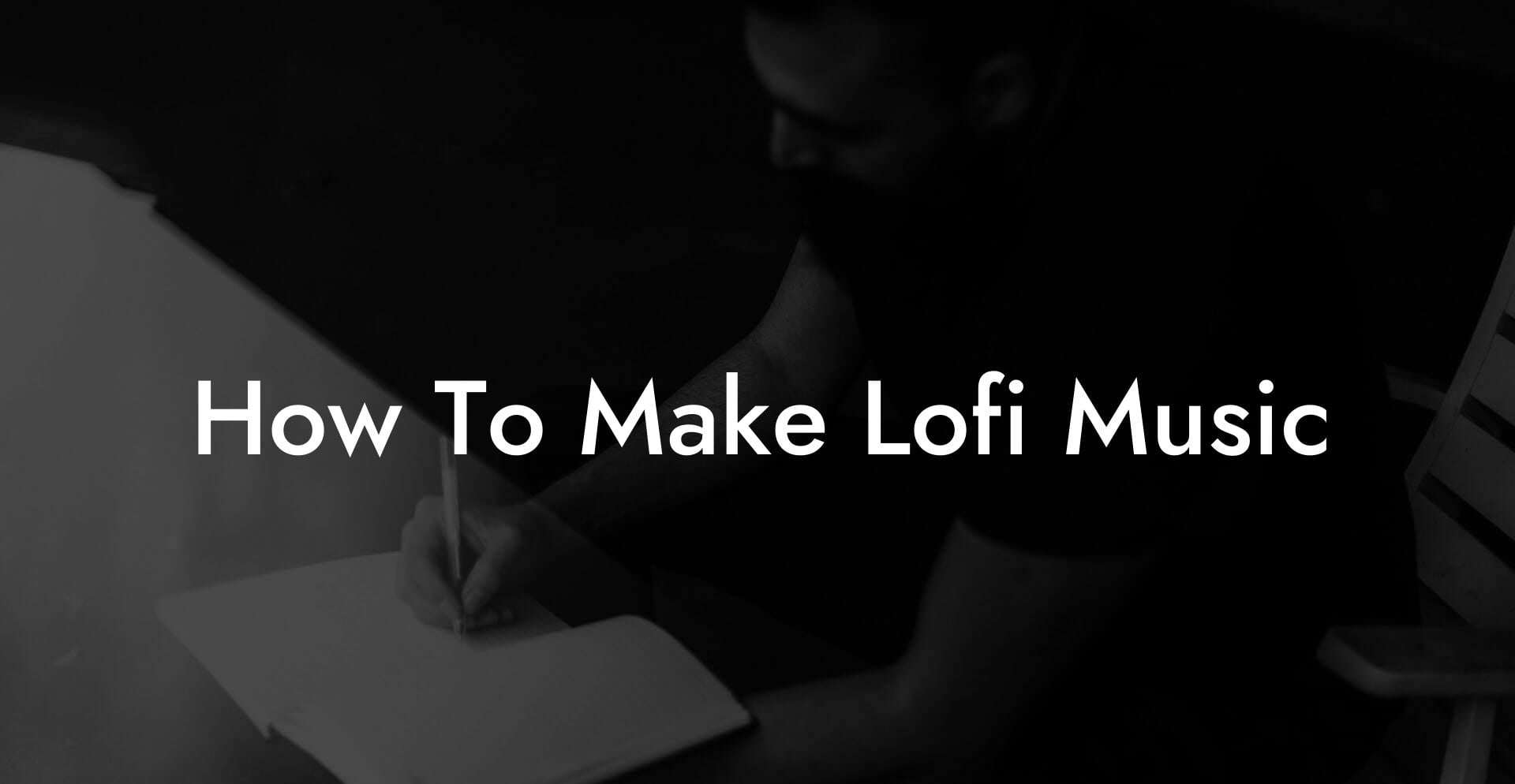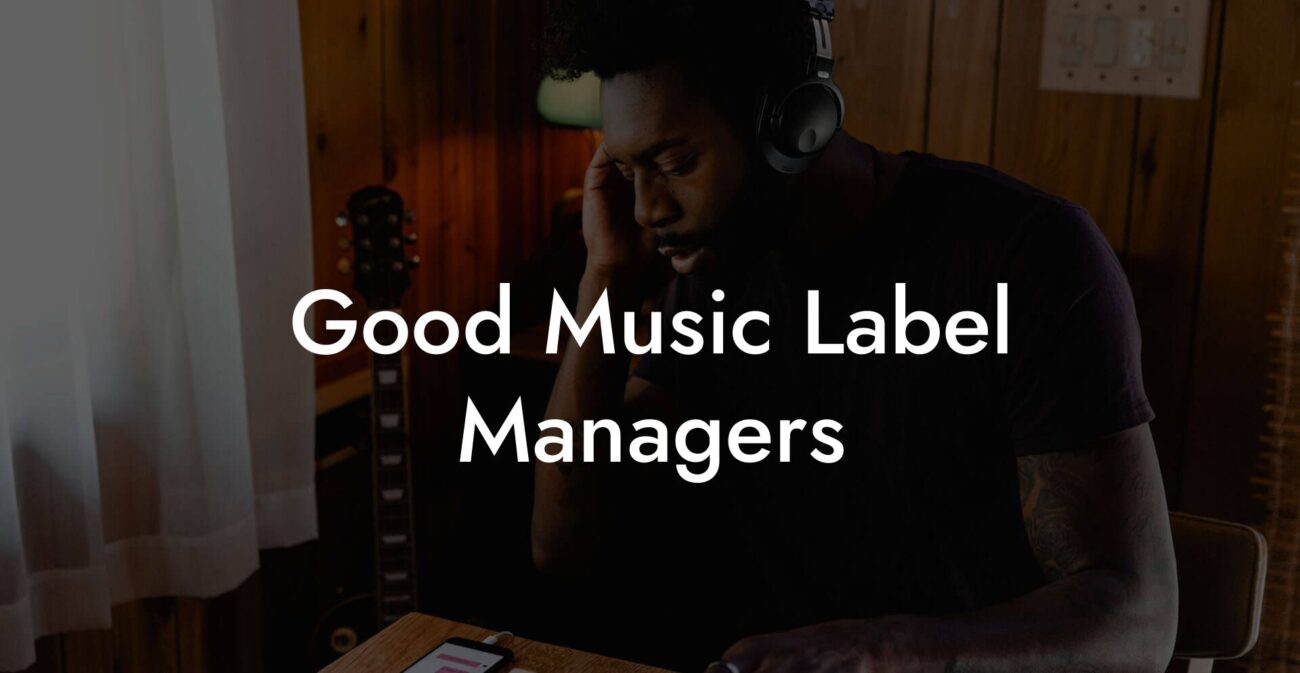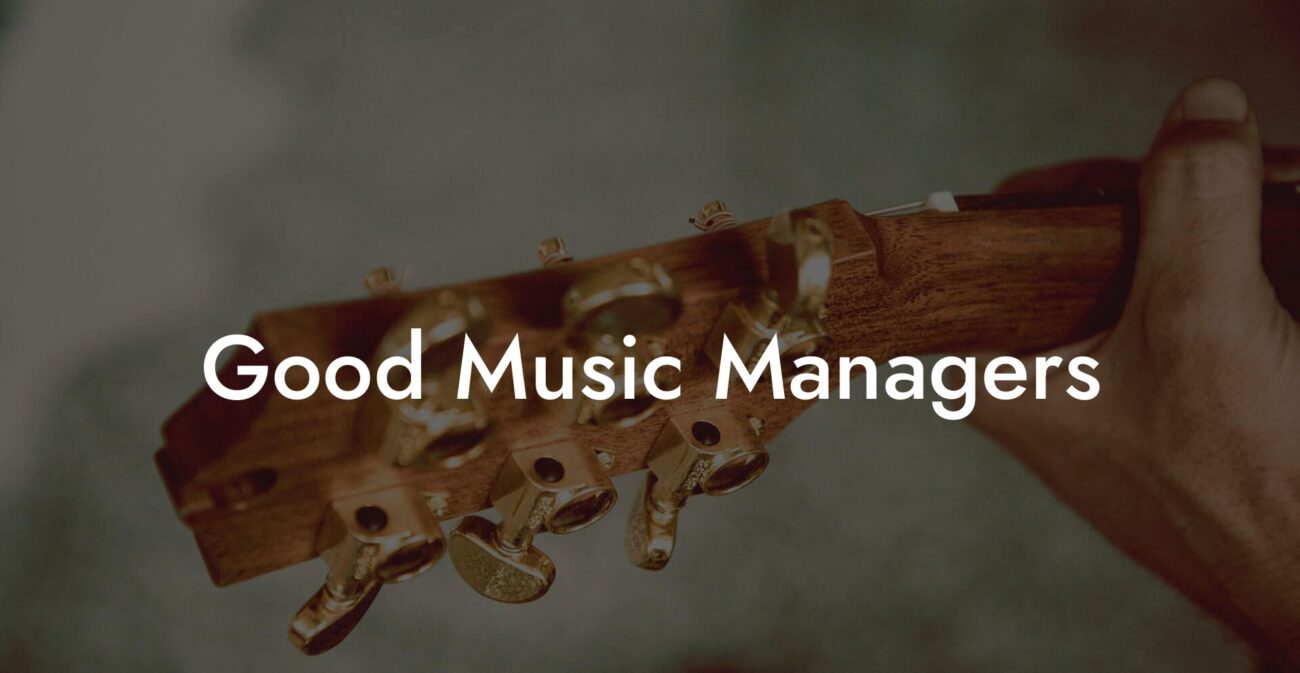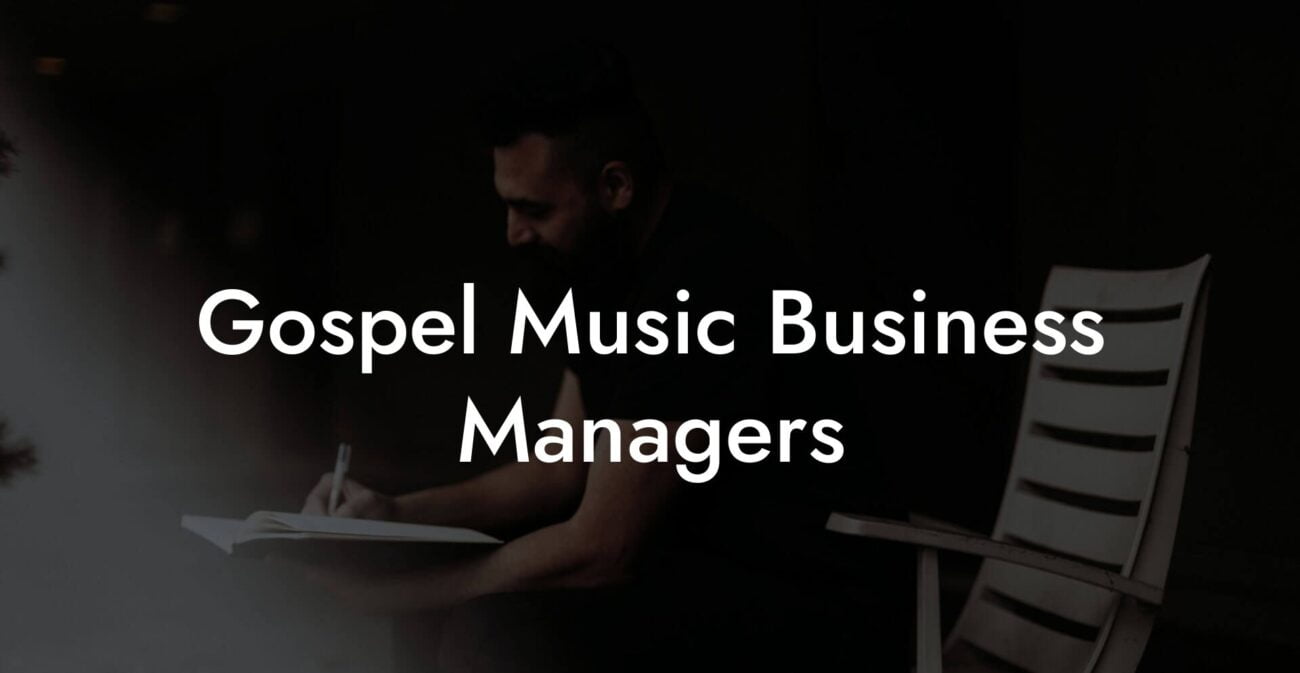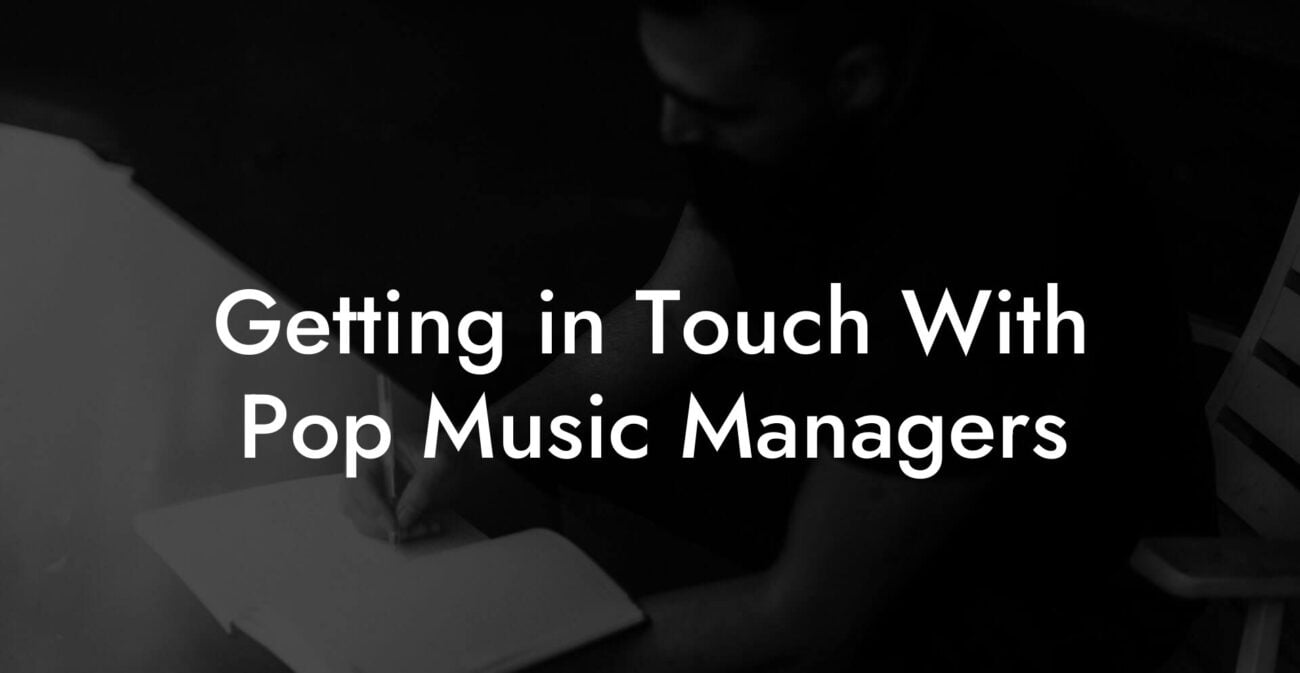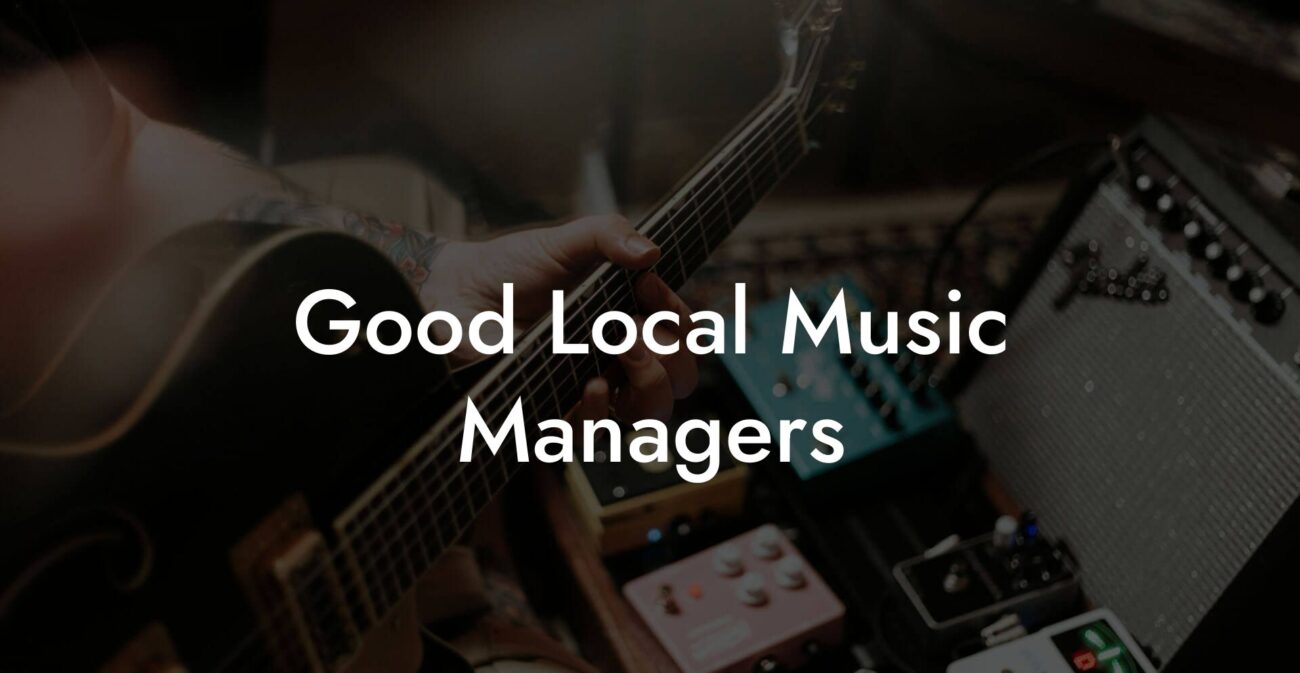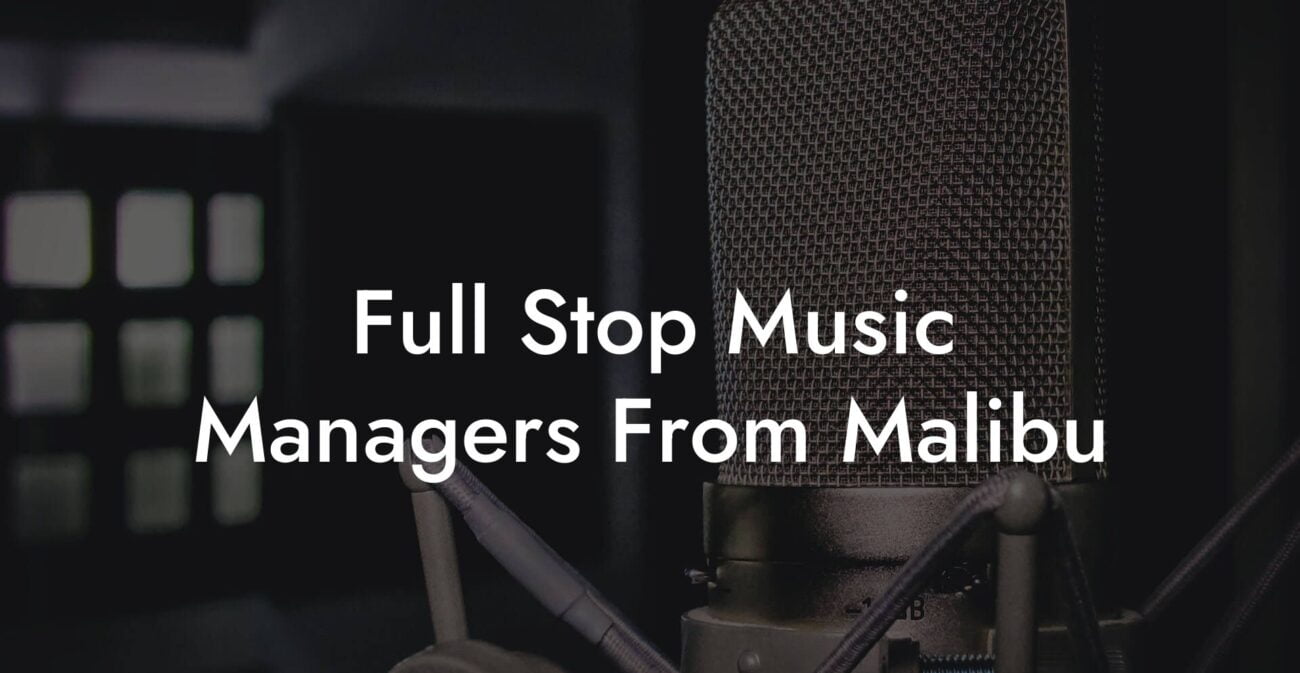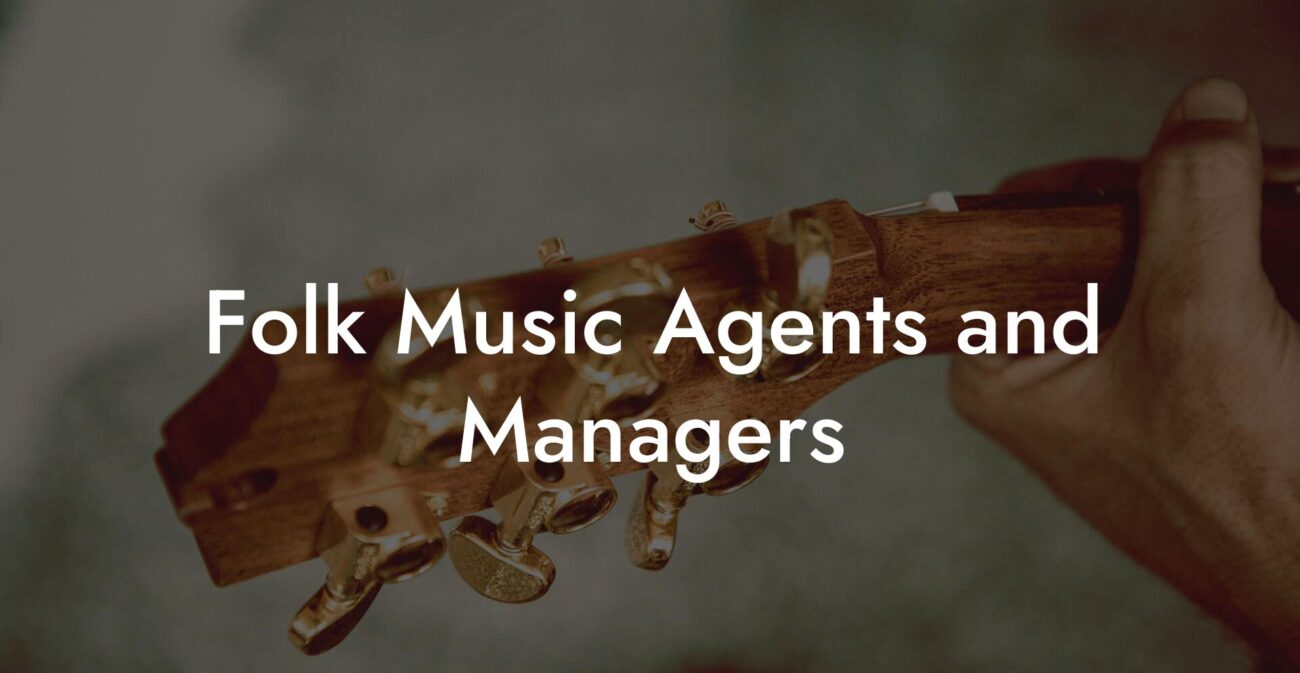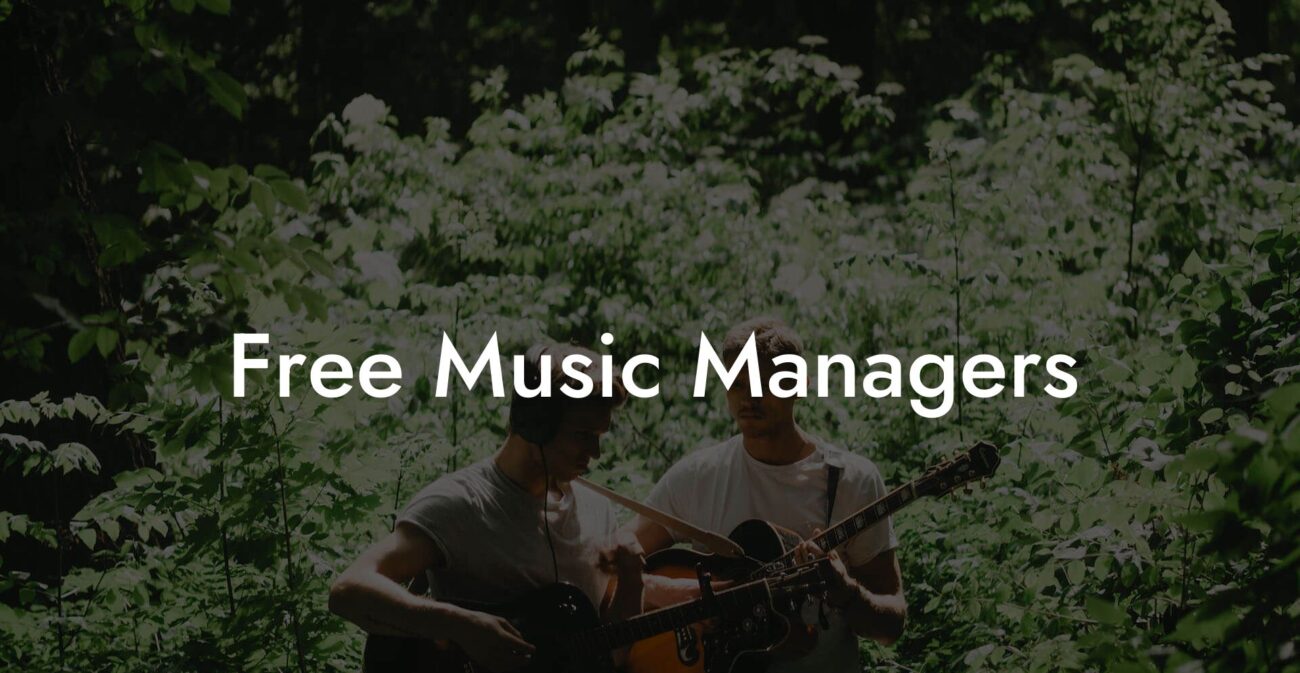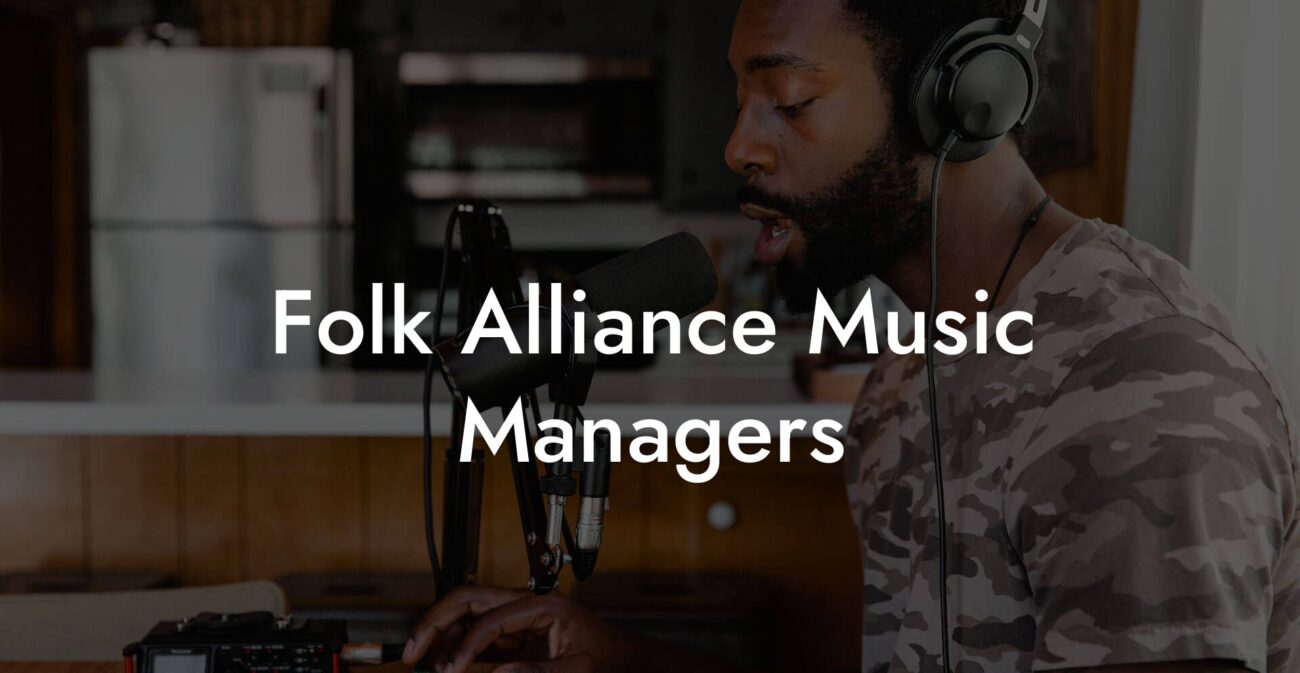Ever wondered how a simple, crackly beat with a sprinkle of vintage samples can transport you to a cozy, moonlit café where creativity blooms and stress evaporates? Dive into the world of lofi music production—a realm where imperfection is celebrated, chill vibes rule, and making music is as much about feeling as it is about sound. Whether you’re dreaming of crafting smooth lofi beats for your next study playlist or aiming to create that perfect track to accompany your midnight musings, this guide is your golden ticket. Let’s embark on a creative journey that fuses laid-back aesthetics with modern production techniques and discover how to make lofi music that truly resonates.
Looking to write your next song? Transform your creative ideas into songs that people will love, and skyrocket your music career with Lyric Assistant. The perfect songwriting assistant. Find out more →
Quick Links to Useful Sections
- What Exactly Is Lofi Music?
- A Brief History: From Analog Warmth to Digital Dreams
- Essential Equipment and Tools for Lofi Music Production
- Digital Audio Workstations (DAWs)
- MIDI Controllers and Keyboards
- Audio Interfaces and Microphones
- Headphones and Studio Monitors
- Plugins and Effects
- The Step-by-Step Guide to Making Lofi Music
- Step 1: Set the Mood and Get Inspired
- Step 2: Lay Down the Beat
- Step 3: Create a Catchy Melody or Chord Progression
- Step 4: Incorporate Samples and Effects
- Step 5: Write Lyrics That Resonate (Optional but Fun!)
- Step 6: Arrange and Structure Your Track
- Step 7: Mix and Master with a Light Touch
- Crafting the Perfect Vibe: Tips and Tricks for Lofi Production
- Software and Plugins: Digital Tools to Elevate Your Lofi Sound
- Popular Digital Audio Workstations (DAWs)
- Essentials Plugins for Lofi Texture
- Mixing and Mastering: Keeping It Warm and Authentic
- Mixing Techniques for Lofi
- Mastering Your Track
- Promoting Your Lofi Music: Getting Your Chill Beats Heard
- Online Streaming and Sharing Platforms
- Social Media and Community Building
- Integrating Lyric Assistant Into Your Workflow
- Resources and Community Support: Your Next Steps
- Lofi Music Production FAQs: Your Questions Answered
- Your Journey to Lofi Mastery: Embrace the Chill
What Exactly Is Lofi Music?
Lofi music, short for low-fidelity music, is all about embracing the beauty of imperfection. Unlike the crisp, sterile sounds of ultra-modern productions, lofi celebrates a slightly rough, nostalgic vibe that reminds you of old vinyl records, warm tape loops, and analog memories. It’s a genre where background noise isn’t a mistake—it’s a feature that adds character. Think of the gentle crackle of static or the muffled echo of distant city sounds as the secret ingredients that give your track a soul.
This genre’s roots can be traced to hip-hop and jazz, evolving over decades into its own mellow niche. Today, lofi beats often serve as the sonic backdrop for studying, relaxing, or simply unwinding after a long day. The genre’s charm lies in its simplicity: minimalist melodies, repetitive rhythms, and a focus on atmosphere over technical precision.
At its core, making lofi music is a creative endeavor that rewards experimentation. It’s less about perfect, high-definition sound and more about evoking an emotion—a subtle reminder that sometimes, a little fuzz and imperfection is exactly what you need.
A Brief History: From Analog Warmth to Digital Dreams
Lofi music isn’t just a modern trend; it’s a genre with a rich history that spans several decades. In the 1980s and 1990s, as home recording equipment became more accessible, musicians began experimenting with new, raw, and unpolished sounds. The DIY ethos of these early pioneers laid the groundwork for what would eventually blossom into the lofi aesthetic we know today.
Write Lyrics Like a Professional Songwriter
The ultimate songwriting tool that takes your creative vision to the next level! With just a few clicks, you can unleash your inner songwriter and craft a hit that's uniquely yours. Your song. You own it.
Fast forward to the era of digital audio workstations (DAWs) and online streaming, where lofi exploded into mainstream popularity. Platforms like YouTube and Spotify became the go-to places for endless lofi playlists that help you focus, relax, or even drift off into sleep. Today, creators blend old-school analog warmth with cutting-edge digital tools to craft tracks that feel both retro and refreshingly modern.
The evolution of lofi music is a testament to how technology and human creativity can coexist in harmony. Whether you’re using vintage synthesizers or modern plugins, the goal remains the same—to create a sonic experience that transports your listener to a place of calm and introspection.
Essential Equipment and Tools for Lofi Music Production
Before diving into the nitty-gritty of beat-making, it’s important to understand the basic tools you’ll need on your lofi journey. Thankfully, you don’t have to break the bank—lofi is all about creativity with what you have.
Digital Audio Workstations (DAWs)
Your DAW is the heart of your production setup. Whether you prefer Ableton Live, FL Studio, Logic Pro, or even a free option like Audacity, your DAW is where you’ll record, mix, and master your tracks. Look for features that allow easy looping, sample manipulation, and VST plugin support—these will be your best friends.
MIDI Controllers and Keyboards
While traditional instruments bring a unique charm, a MIDI controller can help you experiment with digital sounds and synths. These devices allow you to play chords, trigger samples, and punch in melodies with ease. Even a simple keyboard can be a gateway to endless creative possibilities.
Audio Interfaces and Microphones
To capture the warmth of your instruments or even your own voice, an audio interface is essential. Pair it with a decent microphone to record samples, ambient sounds, or even your own lyric ideas. In the world of lofi, sometimes a vocal snippet or a quirky soundbite can be just the spark you need.
Headphones and Studio Monitors
Mixing and mastering your track requires a good pair of headphones or studio monitors. Look for gear that offers a balanced sound profile to accurately determine how your elements mesh together. Enjoy the deep bass, clear mids, and crisp highs while keeping that edgy, vintage vibe intact.
Plugins and Effects
A plethora of plugins awaits you in the digital realm. Vintage emulators like tape saturation tools, lo-fi beat makers, and reverb effects can transform a clean signal into a warm, nostalgic soundscape. Explore free plugins alongside your DAW’s built-in tools, and don’t be afraid to experiment.
Ultimately, it’s not the equipment that makes the song—it’s the vision and creativity you bring to the table. With the right tools and plenty of experimentation, you’ll soon find your unique lofi sound.
The Step-by-Step Guide to Making Lofi Music
Ready to jump into the world of lofi? Here’s your comprehensive, no-nonsense roadmap to making tracks that feel as cozy as your favorite blanket on a rainy day.
Step 1: Set the Mood and Get Inspired
Inspiration can come from anywhere—a lazy afternoon, the hum of a café, or that random snippet of conversation that makes you smile. Create a mood board or playlist of sounds that evoke the feeling you’re aiming for. Many lofi producers find that starting with a chill, ambient sample or a jazzy loop helps set the perfect tone.
Let your creative juices flow! Whether you’re drawing from a memory, a film score, or that uncanny crackle of an old vinyl record, every sound has the potential to spark a new idea.
Step 2: Lay Down the Beat
At the core of every lofi track is a mellow, laid-back beat. Start by choosing a simple drum pattern—think slow tempos around 60 to 90 BPM. Use your DAW’s drum rack, or even explore vintage drum machine samples. Experiment with soft kicks, snappy snares, and perhaps a gentle hi-hat sequence that gives your track a steady, unhurried pulse.
Remember, imperfection is the beauty of lofi. Don’t stress if your beat isn’t perfectly quantized—a slight off-beat can add that human touch.
Step 3: Create a Catchy Melody or Chord Progression
Next up, it’s time to layer some melodies. Whether you’re into jazzy piano chords, mellow electric pianos, or even a vintage guitar sample, craft a progression that feels warm and inviting. A major seventh or minor ninth chord often works wonders in lofi, giving the music a distinct, dreamy sound.
If you get stuck, try playing around with simple chord progressions and let intuition guide you. Remember, this is about evoking a vibe rather than composing a symphony.
Step 4: Incorporate Samples and Effects
One of the most exciting parts of lofi production is integrating samples that add layers of texture. Dig into old records, vinyl crackles, ambient field recordings, or even snippets of dialogue. The key is to find sounds that not only complement your beat but also lend an organic, nostalgic quality.
Use effects like reverb, delay, and even bit-crushing to manipulate these samples and fit them seamlessly into your mix. A subtle vinyl crackle layering beneath your beat, or a dreamy reverb wash over your piano chords, can transform a basic track into a sonic journey.
Step 5: Write Lyrics That Resonate (Optional but Fun!)
While many lofi tracks are purely instrumental, adding a few lines of haunting, poetic lyrics can elevate your creation to a whole new level. For those moments when you need a little lyrical spark, Lyric Assistant is here to help you craft thoughtful, evocative lines that perfectly capture the mood. Let your words flow naturally—think of it as another instrument in your sonic palette.
Experiment with whispered vocals or soft-spoken verses. A dash of reverb and a well-placed delay effect can turn your lyrics into an ethereal layer that blends beautifully with the instrumental.
Step 6: Arrange and Structure Your Track
Structure is key—even in a genre that prides itself on laid-back vibes. Create an arrangement that evolves gradually, introducing new elements and letting others fade out. A typical lofi track may feature an intro, a few subtle transitions, a main section where all your elements unite, and a reflective outro. Use automation to adjust volumes and effects, ensuring that each section flows naturally into the next.
Patience is important here; sometimes, less is more—give each sound its space to breathe.
Step 7: Mix and Master with a Light Touch
When it comes to mixing lofi tracks, the goal is to maintain that warm, intimate vibe without making everything too polished. Balance your levels, add a bit of compression to glue the track together, and use EQ to carve out space for each element. Aim for a sound that is vintage and cozy yet modern enough to captivate your audience.
While mastering, gently push your track’s overall level up, but don’t overdo it. A little bit of warmth goes a long way in keeping the mellow lofi essence alive.
Crafting the Perfect Vibe: Tips and Tricks for Lofi Production
Producing lofi music is as much about technique as it is about feeling. Here are some insider tips to keep your tracks uniquely chill and irresistibly engaging:
- Embrace the Imperfections: In lofi, a slightly off-beat or an unintentional flutter in the sound can be exactly what your track needs to feel human and authentic.
- Layer Your Sounds: Duplicate your beat or melody and experiment with layering different textures. Combine a clean sound with a more saturated, vintage version to create depth.
- Use Field Recordings: Integrate ambient sounds like raindrops, street chatter, or nature sounds. These snippets can anchor your track in an unmistakable atmosphere.
- Experiment with Unconventional Instruments: From toy pianos to detuned guitars, using unexpected sounds can make your track stand out.
- Modulate Your Samples: Employ pitch shifting, time stretching, or a bit of granular synthesis to reimagine familiar sounds into something fresh and intriguing.
- Keep It Simple: Sometimes a single, repeated motif paired with subtle variations is all you need to create a hypnotic, entrancing experience.
Remember, lofi music is all about mood—let your intuition and personal taste guide you. The best tracks often come from happy accidents and spontaneous creativity.
Software and Plugins: Digital Tools to Elevate Your Lofi Sound
Your digital toolkit can be as complex or as minimal as you like—lofi production welcomes both amateur tinkering and advanced editing. Here’s a look at some popular software, plugins, and online resources to help you craft that signature vibe.
Popular Digital Audio Workstations (DAWs)
As mentioned earlier, your DAW is the command center. Ableton Live, FL Studio, Logic Pro, and even Reason are fantastic choices that offer flexible workflows and extensive libraries of sounds and effects. Most DAWs come with built-in plugins that can simulate vintage equipment, so explore those buried features.
Essentials Plugins for Lofi Texture
There are countless plugins out there designed to add character and life to your tracks:
- Tape Saturation Plugins: Emulate the warm compression and subtle distortion of analog tapes. Examples include iZotope Vinyl and RC-20 Retro Color.
- Bit Crushers and Lo-Fi Effects: These plugins deliberately lower the fidelity of your sound. Try plugins like Decimort or Bitcrusher by D16 Group for that distinct fuzzy edge.
- Vintage Reverb and Delay: Create spatial depth using plugins such as Valhalla VintageVerb or FabFilter Timeless.
- Sample Manipulation Tools: Granular synthesis and sampler plugins let you chop, twist, and repurpose audio in creative ways—consider using Kontakt or Ableton’s Simpler for this purpose.
Experiment with combinations of these tools, and don’t be afraid to mess around with settings until you discover something delightfully off-kilter.
Mixing and Mastering: Keeping It Warm and Authentic
Once your track is arranged and all your elements are in place, it’s time for the magic polish—mixing and mastering. You want your lofi track to maintain that intimate, homegrown feel without sounding overly processed.
Mixing Techniques for Lofi
Focus on creating a balanced mix:
- Balance the Levels: Make sure no individual sound overwhelms the others. The kick should anchor the beat, while softer elements like vinyl crackle or gentle keys add texture.
- EQ and Compression: Carve out space for each element using EQ. Apply light compression to gently glue your track together without squashing the natural dynamics.
- Creative Panning: Experiment with stereo panning to create a spacious sound stage. This trick can make your mix feel more engaging and dynamic.
Mastering Your Track
Mastering in lofi production is about subtle enhancement rather than loud, in-your-face processing. Increase the overall warmth and ensure that the track translates well across systems. A gentle tape saturation at the mastering stage can tie everything together while keeping the nostalgic vibe intact.
Take your time and trust your ears—your track should feel as if it’s been lovingly crafted in a dimly-lit studio with a vintage console and lots of heart.
Promoting Your Lofi Music: Getting Your Chill Beats Heard
Now that you have a track that perfectly captures that mellow, nostalgic vibe, it’s time to share it with the world. The internet is brimming with platforms, communities, and resources created specifically for lofi creators.
Online Streaming and Sharing Platforms
Platforms like SoundCloud, Bandcamp, Spotify, and even YouTube are ideal for lofi music. Create chill, aesthetically pleasing visuals to accompany your music on video platforms, and curate engaging playlists that highlight your style.
Social Media and Community Building
Leverage social media—Instagram, TikTok, and Twitter—to share behind-the-scenes looks at your creative process, snippets of your tracks, and even quick production tips. Engage with communities on Reddit, Discord, or niche lofi forums. The beauty of lofi culture lies in its community spirit: collaborate with other producers, join virtual jam sessions, and exchange ideas to continuously refine your sound.
Integrating Lyric Assistant Into Your Workflow
If you’re inclined to add a lyrical layer to your lofi compositions, consider using Lyric Assistant. This tool is designed to inspire and assist you in crafting lyrics that complement your mellow melodies, adding an extra dimension to your tracks. Whether you’re penning reflective verses or catchy hooks, a little creative nudge can help turn your ideas into lyrical gold.
Authentic promotion is all about connecting with your audience. Share your stories, your creative process, and your passion for the lofi lifestyle—your personal touch is what turns listeners into loyal fans.
Resources and Community Support: Your Next Steps
The journey into lofi music production is as much about learning from others as it is about creating your own sonic world. Between online tutorials, interactive courses, and vibrant communities of fellow producers, you’re never alone in this creative adventure.
Check out YouTube channels that break down lofi production techniques, sign up for online courses on platforms like Skillshare or Coursera, or join forums on Reddit dedicated to lofi and chillhop. Not only will these resources sharpen your skills, but they’ll also keep you inspired and connected with others who share your passion.
Don’t forget to experiment with new plugins, attend virtual workshops, and collaborate with other artists. The more you explore, the richer your creative toolbox becomes. Every little discovery, every unexpected sample, and every late-night jam session adds to your unique signature sound.
Lofi Music Production FAQs: Your Questions Answered
We’ve compiled a list of frequently asked questions to address common curiosities and concerns about making lofi music.
1. What defines lofi music?
Lofi music is characterized by its warm, nostalgic, and often imperfect sound. It embraces background noise, subtle imperfections, and vintage textures to create a relaxed, intimate atmosphere.
2. Do I need expensive equipment to get started?
Not at all! Many lofi producers start with basic tools like a simple DAW, a MIDI keyboard, and a few quality plugins. Creativity and experimentation are more important than top-of-the-line equipment.
3. How important is sampling in lofi production?
Sampling is a key element of lofi music. Whether it’s old vinyl crackle, ambient sounds, or snippets of dialogue, samples add texture and character to your tracks.
4. Can I incorporate vocals in my lofi tracks?
Absolutely. Many producers include soft, atmospheric vocals or even a few spoken word segments. Using tools like Lyric Assistant can help you craft the right words to complement your beats.
5. What tempo is typical for lofi beats?
Lofi music generally ranges between 60 and 90 BPM, creating a relaxed, unhurried groove. However, feel free to experiment with different tempos that suit your creative vision.
6. How do I maintain a vintage feel in my digital productions?
Use plugins that emulate tape saturation, vinyl crackle, and lo-fi effects. Layering these with raw, analog-sounding samples helps achieve that timeless, vintage vibe.
7. Are there online communities for lofi producers?
Yes, communities on platforms like Reddit, Discord, and dedicated Facebook groups offer great support, collaboration, and learning opportunities for lofi enthusiasts.
8. How long does it take to produce a complete lofi track?
This varies widely. Some tracks come together in a spontaneous jam session, while others evolve over days or weeks as you refine each element.
9. Can lofi music be used as background music for studying and relaxation?
Definitely. The mellow, repetitive nature of lofi music makes it perfect for background listening while you work, study, or simply unwind.
10. What’s the best way to learn lofi production techniques?
Dive into online tutorials, follow experienced producers on social media, and experiment on your own. Combining structured learning with hands-on practice is the key to developing your unique sound.
Your Journey to Lofi Mastery: Embrace the Chill
The world of lofi music is a playground of creativity, warmth, and personal expression. As you experiment with drum loops, mellow chords, and atmospheric samples, you’re not just making music—you’re crafting a soundscape that mirrors the intricacies of modern life and the nostalgia of bygone eras.
Each step you take, from setting the mood to polishing your final mix, is a celebration of your individuality. Embrace the accidental quirks, the perfectly imperfect effects, and those magical moments when everything just falls into place. This isn’t about chasing perfection; it’s about creating art that resonates, soothes, and quietly energizes the soul.
Whether you’re a seasoned musician or just dipping your toes into the creative waters, remember that lofi music thrives on authenticity and emotion. So, experiment, collaborate, and let your passion guide you. The tools and techniques in this guide are simply a starting point—your unique voice is what will ultimately set your tracks apart.
Dive into the vibrant community of lofi producers, share your journey, and don’t hesitate to explore new ideas and unconventional methods. Your next chill beat might just be a happy accident waiting to happen. The path to lofi mastery is an adventure filled with surprises, and every beat is a step closer to expressing your innermost vibes.
Embrace the imperfections, enjoy the process, and let every sound tell your story. Your creative journey in the world of lofi music is just beginning—so kick back, relax, and let the mellow rhythms guide you to a landscape of endless inspiration.
Write Lyrics Like a Professional Songwriter
The ultimate songwriting tool that takes your creative vision to the next level! With just a few clicks, you can unleash your inner songwriter and craft a hit that's uniquely yours. Your song. You own it.

